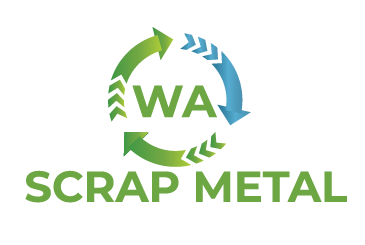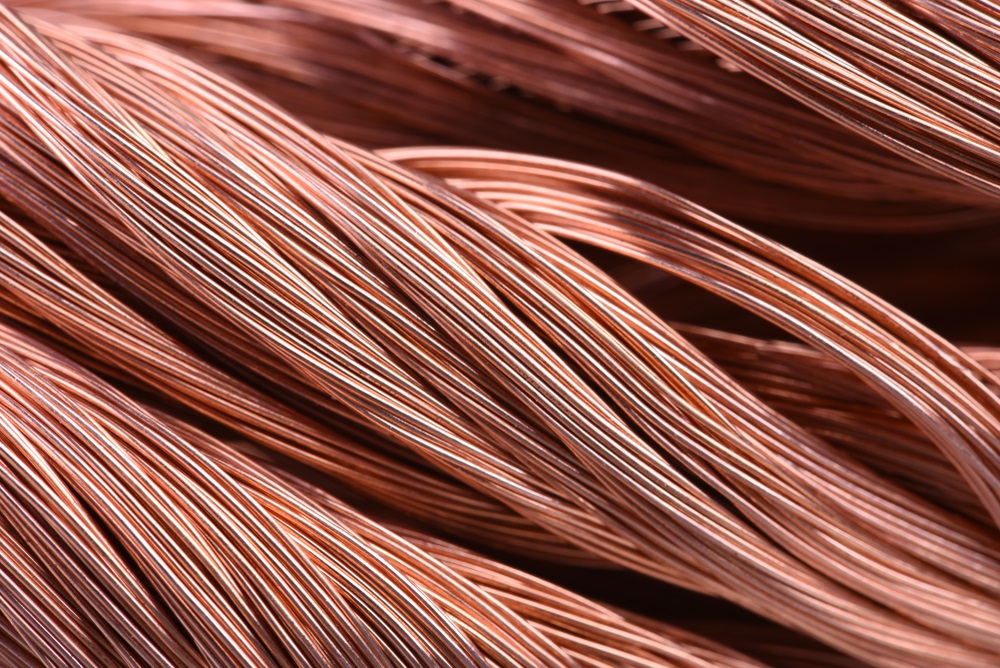What Is the Difference Between Ferrous and Non-Ferrous Scrap Metals?
Humans have used both ferrous and non-ferrous metals since the dawn of time. One of the most commonly requested queries still in the scrap business is “what’s the difference between ferrous and nonferrous scrap metals?”
The straightforward response is that non-ferrous metals do not contain iron while ferrous metals do.
The more thorough response is that both ferrous and non-ferrous metals have unique characteristics of their own. The uses they are best fitted for are determined by these characteristics.
Elemental Property of A Ferrous Metal
Let’s answer the question “what is ferrous metal?”
Iron-containing metals are known as ferrous metals. The fact that most ferrous metals are magnetic makes them ideal for use in electrical and motor uses.
Ferrous Metals Examples
The most recycled scrap materials worldwide are ferrous metals.
Steel
Iron and carbon are combined to create steel. As additional components like nickel and chrome are added, alloy steel becomes even more durable. Steel is frequently used in the industrial and building sectors.
Carbon Steel
Because it contains more carbon, carbon steel is very strong. Drills, blades, clamps, and hinges are all frequently made with them. It is also used to make machine tools.
Alloy Steel
To increase strength and longevity without adding weight, alloy steels include substances like chrome, nickel, and titanium. Electrical parts, machine equipment, and building all use alloy steel.
Cast Iron
Iron, carbon, and silica are the main components of cast iron. It is utilized in cooking appliances, machinery, car engines, and water pipelines.
Wrought Iron
The mixture used to make wrought iron contains so little carbon that it is almost entirely iron. Fencing, railings, farming equipment, nails, barbed wire, chains, and a variety of decorations are all made of wrought iron.
Ferrous Metals Commercial & Industrial Uses
- Iron, cast iron, wrought iron, alloy steel, and carbon steel are some typical ferrous metals. Because of their compressive strength and longevity, these metals are highly valued.
- The longest and highest bridges are made of carbon steel, also known as structure steel, which is a vital component in the building sector.
- Ferrous metals are also used in many industrial and household appliances, cars, train lines, cargo containers, and industrial piping.
- Ferrous metals typically rust easily when subjected to dampness because of their high carbon concentration.
- There are two exceptions to this rule: cast iron’s purity makes it resistant to rust, and stainless steel’s abundance of chromium renders it resistant to rust.
Non-Ferrous Metals
In addition to valuable metals like gold and silver, non-ferrous metals also include tin, lead, zinc, copper, and aluminium.
Elemental Properties of Non-Ferrous Metals
Their malleability gives them a significant edge over ferrous elements. They are also devoid of iron, which increases their resilience to rusting and oxidation. They are also non-magnetic, which is crucial for many wiring and electronic uses.
Examples Of Nonferrous Metals
Aluminium
Aluminium is the third most recycled substance in the globe in terms of volume. Aluminium is thin, malleable, and lightweight. It’s simple to cast, fabricate, and mill. Aluminium is an excellent material to use for food and beverage cans and aeroplanes because it is lightweight. Castings, pistons, motor vehicles, trains, and culinary tools are other applications for aluminium.
Copper
Copper is a metal with excellent malleability, high ductility, and high transmission for both electricity and heat. In the electrical sector, copper is primarily used in cables and other conductors. Additionally, it is utilized in bearings and sheet covering. Brass is made from a combination of copper and zinc.
Lead
Low melting point and low tensile strength establish lead metal as a flexible, dense, pliable metal. It is resistant to corrosion and humidity. Lead is a common material used in soldering, batteries, electrical power lines, and construction.
Zinc
Zinc has a very low melting point and an average to low strength. The most common application of zinc is galvanizing, which is the process of covering iron or steel with a protective zinc layer to stop corrosion.
Tin
Tin is ductile, highly pliable, and has a low compressive strength. It is frequently applied to cover metals to stop corrosion. Tin cans are used to store food.
Uses of Non-Ferrous Metals
- Non-ferrous metals are used in processes where strength is required but weight is an issue, like the aerospace or canning sectors, because they are significantly lighter than ferrous metals.
- Additionally, they contain no iron, which increases their resilience to rust and corrosion and makes them perfect for gutters, liquid pipelines, roofing, and outdoor advertising displays.
Pricing of Non-Ferrous Metals vs. Ferrous Metals
Since ferrous waste metals are in plentiful supply, their values are typically lower than those of non-ferrous metals. Steel and iron alloys are continually recycled in large quantities all over the world, so the costs for these materials tend to remain stable month to month.
Non-ferrous materials are more challenging to obtain. Because of the increased demand caused by this, non-ferrous metals’ prices per pound are greater. Copper and brass prices can change significantly in just a month based on the requirements of the market, whereas aluminium prices don’t vary much.
Need Expert Ferrous & Nonferrous Metal Recycling Services?
In the end, both ferrous and non-ferrous metals are important to the recycling industry to aid a sustainable economy.
If you own a company and want to recycle scrap metals. WA Scrap Metal can assist with the recycling of both ferrous and non-ferrous metals.
WA Scrap Metal guarantees the safe disposal of metals to prevent contaminating the environment, providing you with additional revenue.


